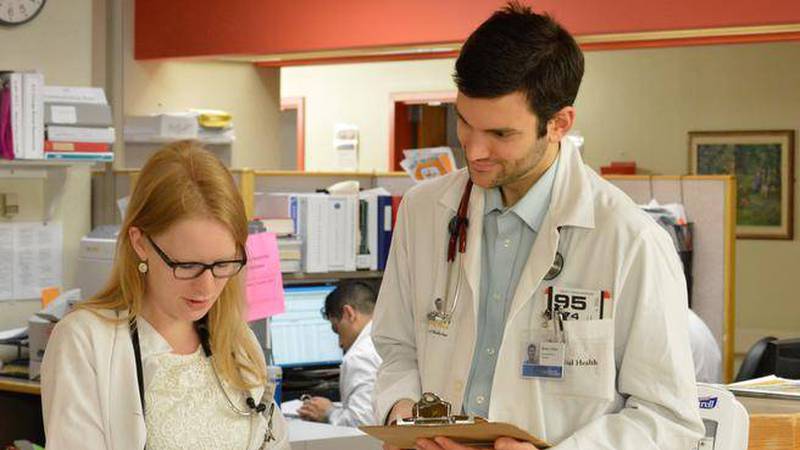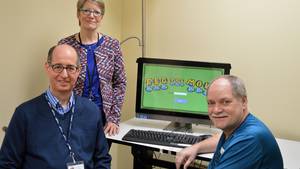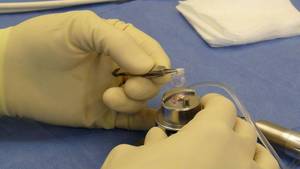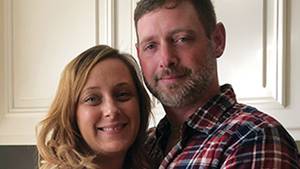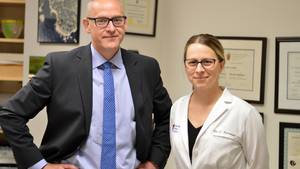Allison Lawlor
If you want to find Dr. Alison Rodger, the first place you should look is the busy, Medical Teaching Unit (MTU) at the QEII Health Sciences Centre.
Dr. Rodger, one of two chief medicine residents in Dalhousie University’s internal medicine program, spends many hours each week at the 50-inpatient bed unit in Halifax. As chief resident, she understands the value of the teaching unit’s role to provide essential training for residents and medical students.
“The MTU is crucial not only to patients who need the care, but for our learning experience,” says Dr. Rodger, now in her third year of residency. “It is a unit that exists in all major hospitals across the country.”
During their one-year position, Dr. Rodger and her co-chief medicine resident, Dr. Marko Balan, oversee 60 residents in Dalhousie’s internal medicine program, but also do the call scheduling for any residents rotating through the MTU. Most medical residents, of all different specialties, rotate through the unit, says Dr. Rodger. In a typical month, you will find about 20 residents and medical students in the unit, which is roughly 200 learners per year.
“It is a very supportive learning environment,” she says. “We spend a large portion of our training in the medical teaching unit.”
As Nova Scotia’s population ages, seeing a patient with only one medical problem is less common, says Dr. Rodger. Most patients come to the unit from the emergency department and usually have multiple medical problems such as heart disease, kidney disease, infectious diseases such as pneumonia, or lung diseases such as chronic obstructive pulmonary disease (COPD) and asthma. Most patients in the unit are over the age of 65.
“It’s a huge range of medical conditions we treat,” she says. “They are complex medical patients.”
Patients on the unit are seen not just by resident physicians but a multidisciplinary team that includes senior doctors, nurses, pharmacists, social workers and occupational therapists. As residents gain more experience, they take on more responsibility on the unit. The supportive learning environment allows residents and medical students to develop their skills and provides them with the tools they need to succeed as doctors.
“They gain experience with patients,” says Dr. Rodger. “They follow patients through admission to discharge.”
A typical day on the unit can include physicians doing rounds with residents, case presentations, and teaching sessions covering topics such as how to manage community acquired pneumonia, and how to diagnose and manage liver failure.
Understanding that the work is intense, the chief residents try to help fellow residents achieve a work-life balance by supporting wellness events such as ski trips, social nights and comedy shows. Residents are encouraged to develop interests outside of medicine. For Dr. Rodger, that interest is sewing. Last year, she successfully made a quilt from start to finish.
“My goal for the year was to try to make residents as happy and healthy as they can be,” says Dr. Rodger, who begins her geriatric medicine training in July. Having grown up outside Saint John, N.B., Dr. Rodger hopes to work as a geriatrician somewhere in the Maritimes when she completes her training.

